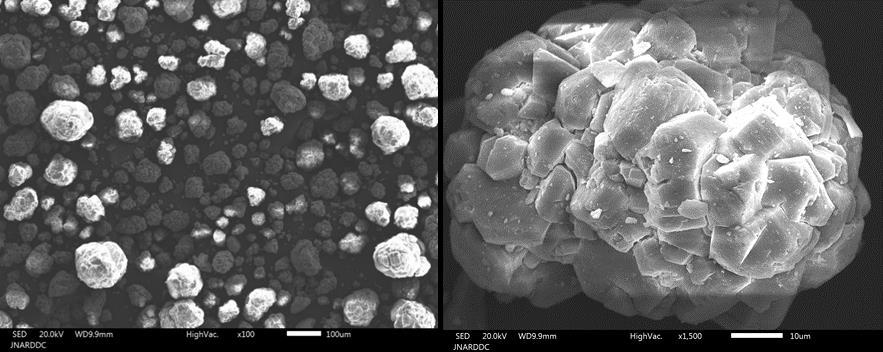Maximizing of alumina precipitation per liter of circulated liquor (liquor productivity or yield) is a key objective of an alumina refinery which reduces operating costs as the yield increases. An equally important KPI (key performance indicator) in alumina production is the hydrate strength which is critical to avoid high attrition (tendency of alumina to breakdown during calcination process and handling). Higher attrition has potential to higher dusting, leading to the product loses and environmental concerns. It also affects efficiency and stability of pot operation in smelters. Organic build up in aluminate liquor due to high organics in feed bauxite or ageing of liquor affects the yield and the quality of product hydrate. Hence, optimization of the process parameters, including the removal of oxalate impurities from the Bayer circuit to control below the critical saturation limit (defined as critical oxalate concentration or COC) is essential for managing the detrimental effects of these impurities on the yield and the alumina quality. This paper outlines the various control methodologies adopted at Lanjigarh Alumina Refinery for enhancing the hydrate strength and maintaining optimum liquor productivity while charging high organic content bauxite. Initial data analysis of 2 years showed that a variety of factors, including higher temperature and seed charge in agglomerator led to lower supersaturation resulting in weak particle bonding and low strength. Efficient control measures like, Tschamper Ratio (TR) based control with the algorithms in DCS, oxalate inventory management for maintaining margin between circuit oxalate concentration and COC which included precipitation end tank temperature control, part diversion of oxalate enriched liquor stream for destruction through lime and seed washing were introduced. Lanjigarh Refinery has also taken up a way forward to look into possibilities of further improving hydrate strength with potential improvement in liquor productivity by the simulation of hydrate classification circuit to optimize seed charge and granulometry control.
Rosalin Pradhan and Ritubrata Ray
TRAVAUX 50, Proceedings of the 39th International ICSOBA Conference, 22 – 24 November 2021
Download PDF

